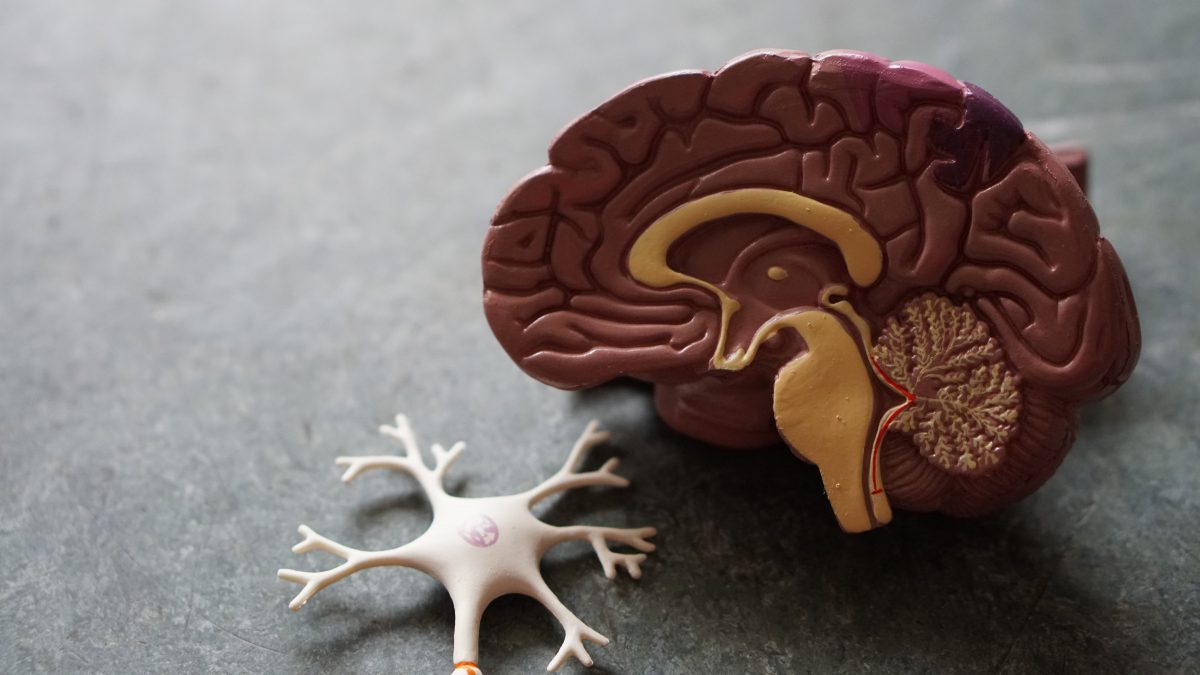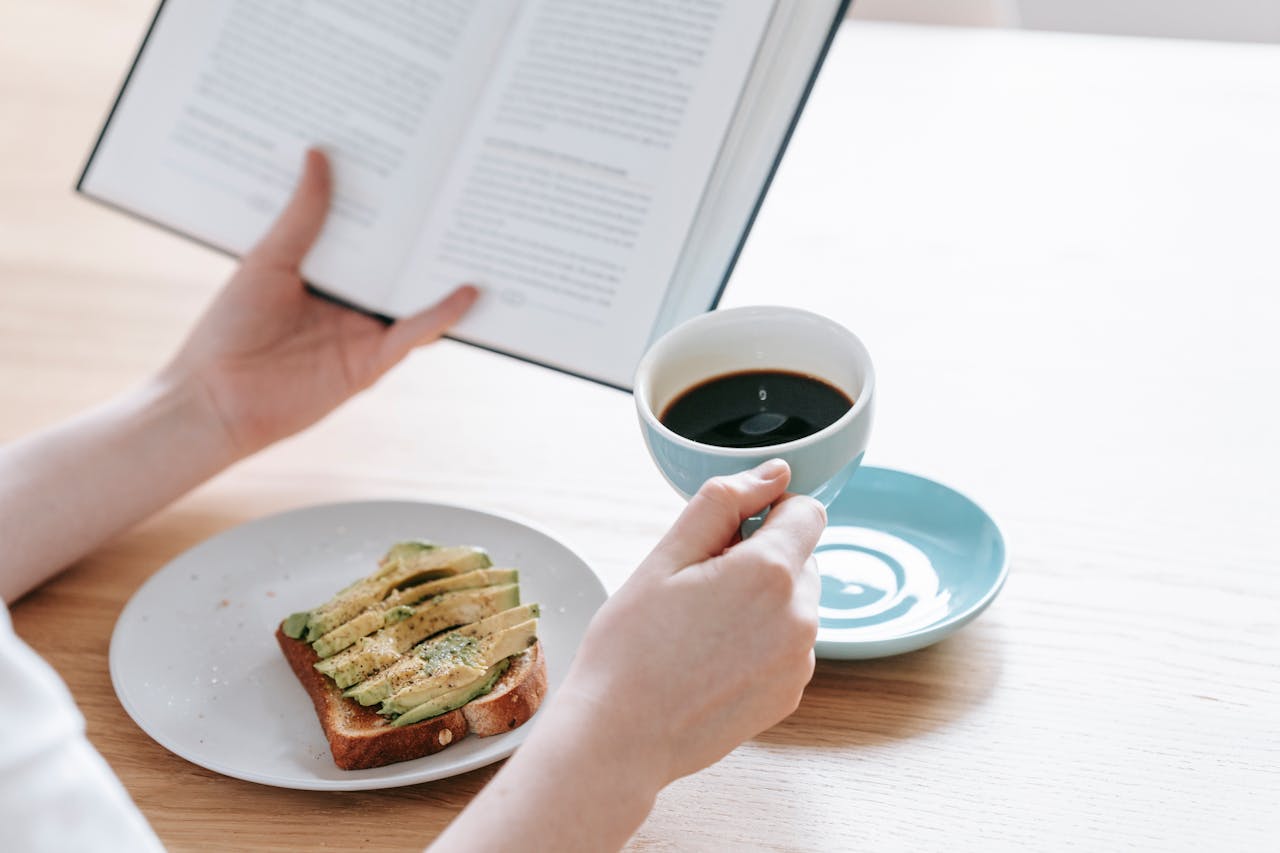
Share this post!
As we entered into the new year, many people made resolutions to improve their overall health. Sometimes those resolutions seem to fall by the wayside within 30 days. Here might be just the reason why you will want to cut back on junk food….and stick with it.
It seems that a certain type of Alzheimer’s disease is related to Diabetes. That’s bad news for those following the Standard American Diet. However, the good news is that laying off soda, doughnuts, processed meats, and fries can allow you to maintain optimal brain health all through your life.
In the past, Diabetes was thought of in two ways:
- Type 1 Diabetes – aka Juvenile Diabetes – a disorder one is born with.
- Type 2 Diabetes – aka Adult Onset Diabetes – a disorder that occurs due to a highly processed diet. Though it used to be that most people who got Type 2 Diabetes were over 50, we are now seeing this disease in people as young as 12 years old.
The medical community coined the term ‘Type 3 Diabetes’ in 2005, understanding that some forms of Alzheimer’s disease are a result of blood sugar imbalance impacting the brain.
A cover story in Holistic Primary Care, ‘To Reverse Alzheimer’s, Seek Its Triggers, An Interview with Dr Dale Bredesen’ sheds light on this phenomenon.
The studies are increasingly persuasive and unsurprising when you understand the role of insulin in the body. So, a brief lesson….
- We all need insulin: in non-diabetics, it’s released to help cells take in the blood sugar (glucose) the body needs for energy. But the cells can hold only so much; excess sugar is first stored as fat. (Blood sugar doesn’t come only from sugar, but from carbohydrates of all kinds; like bread, pasta, crackers, even organic whole wheat grains convert to sugar .) Insulin not only keeps the blood vessels that supply the brain healthy, it also encourages the brain’s neurons to absorb glucose, and allows those neurons to change and become stronger.
- Put as simply as possible, insulin “calls” your cells, asking them to take glucose from the bloodstream: “Yoo-hoo. Pick this stuff up!”. When the insulin calls too often, which will happen with a consistent dose of the Standard American Diet, the cells are overwhelmed, and say, “Leave me alone.” They become resistant. This makes the insulin even more insistent and, to make matters worse, all those elevated insulin levels are bad for your blood vessels, too.
- When the cells in your brain become insulin-resistant, you start to lose memory and become disoriented. You even might lose aspects of your personality. In short, it appears, you develop a certain type of Alzheimer’s.
A neuropathologist named Aloysius (Alois) Alzheimer noticed, over a century ago, that an odd form of protein was taking the place of normal brain cells. How those beta amyloid plaques (as they’re called) get there has been a mystery. What’s becoming clear, however, is that a lack of insulin — or insulin resistance — not only impairs cognition but seems to be implicated in the formation of those plaques.
Suzanne de la Monte, a neuropathologist at Brown University, has also been working on these phenomena in humans and rats. When she blocked the path of insulin to rats’ brains, their neurons deteriorated, they became physically disoriented and their brains showed all the signs of Alzheimer’s. The fact that Alzheimer’s can be associated with low levels of insulin in the brain is the reason why increasing numbers of researchers have taken to calling it Type 3 diabetes, or diabetes of the brain.
 Let’s connect the dots:
Let’s connect the dots:
- We know that the Standard American Diet will not only lead us to obesity, but to Type 2 diabetes and other preventable, non-communicable diseases, which now account for more deaths worldwide than all other causes combined.
- We also already know that people with diabetes are at least twice as likely to get Alzheimer’s, and that obesity alone increases the risk of impaired brain function.
- What’s new is the thought that while diabetes doesn’t “cause” Alzheimer’s, these diseases have the same root: an over consumption of processed foods that causes dysfunction with insulin’s many roles. (Genetics have an effect on susceptibility, as they appear to with all environmental diseases.) “Sugar is clearly implicated,” says Dr. de la Monte, “but there could be other factors as well.”
- If the rate of Alzheimer’s rises at the same rate as Type 2 diabetes, which has nearly tripled in the United States in the last 40 years, we will shortly see a devastatingly high percentage of our population with not only failing bodies but brains. It’s important to know that the number one cause of death in women over 60 years old in England is Alzheimer’s Disease.
The link between diet and dementia negates our notion of Alzheimer’s as a condition that befalls us by chance. Adopting a sensible, whole-food diet, a diet contrary to the Standard American Diet (which I like to refer to as SAD), would appear to give you a far better shot at avoiding diabetes in all of its forms, along with its dreaded complications.
Detox your brain with a little gift From NATURE (and it’s one of my FAVORITE fruits)!
The brain has its own house cleaning process. Certain cells, called microglia, remove and detoxify toxic proteins that interfere with brain function. These toxic proteins can make the amyloid plaque we discussed earlier. We want to make sure these good cells found in the brain eat the bad toxic cells. As we age, the microglia cells fail to do their work and toxins build up in the brain.
Dr. Shibu Proulose, PhD of the US Department of Agriculture, studied the effects of blueberry and strawberry extracts on mouse cells. He found that these berries strongly support autophagy, or natural brain detox. The berry extracts worked by inhibiting a certain protein that blocks the natural brain detox process.
Berries are well-known antioxidants and anti-inflammatory agents, and we read much in the news related to the benefits of berries.
This research suggests that the benefits of berries go far beyond free radical damage and anti-inflammatory support. Berries, with their most prolific harvest in the spring and fall, offer much in the way of natural detoxification just when nature delivers them.
Ayurveda has always looked at berries as natural lymph movers, supporting the body’s detox pathways. Now we have evidence that these berries also support a natural brain detox, which is much needed in the toxic world we live in.
Below is one of my favorite BLUEBERRY recipes.
Thank you, Jennifer Cornbleet, for publishing Raw Food Made Easy. You make it easy for all of us to feel like gourmet chefs.

Blueberry Pie
Makes one 9-inch pie
Ingredients for Filling:
- 4 C fresh or frozen blueberries (thaw and drain well, if frozen)
- ¾ C pitted dates, soaked, for berry filling (in a pinch I used an over-ripe banana instead. It worked just as well)
- ½ C pitted dates, unsoaked, for pie crust
- 1 TBS fresh lemon juice
Ingredients for Crust:
- 2 C raw walnuts, unsoaked
- 1 C unsweetened shredded dried coconut
- ¼ tsp salt
- ½ C pitted dates, unsoaked
Directions for Crust:
- Place walnuts, coconut and salt in a food processor fitted with the S blade and process until coarsely ground. Add dates and process until mixture resembles coarse crumbs and begins to stick together. Don’t over-process.
- To make crust, place mixture in pie plate. Distribute crumbs along the bottom and up the sides of the pie plate. After the crumbs are evenly distributed, press the crust down on the bottom of the pan using your fingers. Be sure to press especially firmly where the bottom of the pan joins the sides. Then, press the crust against the pan’s sides, shaping it so that its’ edges are flush with the rim. Place in freezer for 15 minutes.
Directions for Filling:
- Place 1 ½ C blueberries, soaked dates and lemon juice in blender. Process until smooth. Transfer to mixing bowl and add remaining blueberries.
- Remove crust from freezer and pour blueberry filling into crust.
- Place in refrigerator, ideally 60 minutes, until ready to serve.
Oh so easy to make….and delicious, too. Your family and friends will be impressed.
If you need help on your journey to implement a healthier eating protocol, I would strongly encourage you to visit ntischool.com. You’ll have an opportunity to locate a nutrition therapist in your area that would be honored to help you on your journey.
Related reading…
Using Nutrition Therapy to Address Prediabetes in Teens
Healthy Aging – Part 1 – Brain Health
The Mysterious Compound You Need But May Not Have Enough Of
Dr Rebecca Spacke, Certifications in Functional Endocrinology {University of Bridgepor}), Lifestyle Medicine {Harvard Medical School}, Reversing Cognitive Decline (ReCODE Protocol) [Institute for Functional Medicine} and Course Instructor at Nutrition Therapy Institute
Images: Image by Robina Weermeijer is free for use by Unsplash; connect-the-dots by whitney waller is licensed under CC BY-SA 2.0; Image by RAPHAEL MAKSIAN is free for use by Unsplash
Share this post!




















